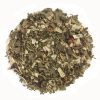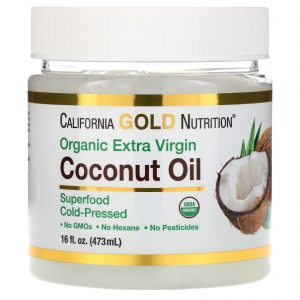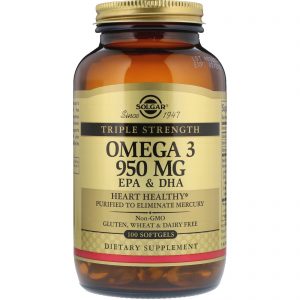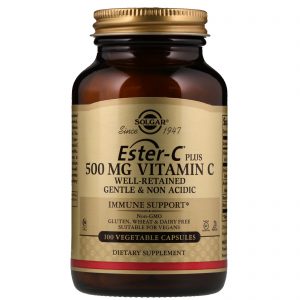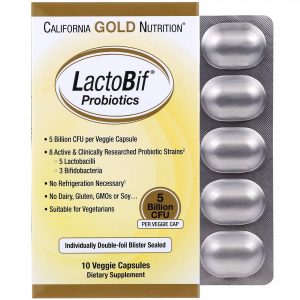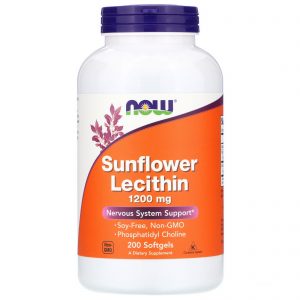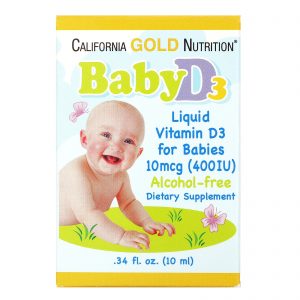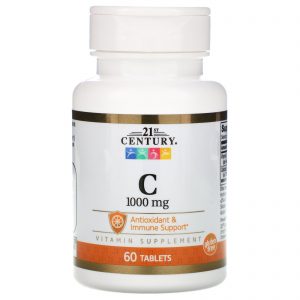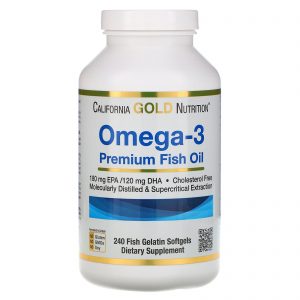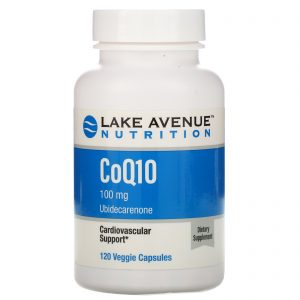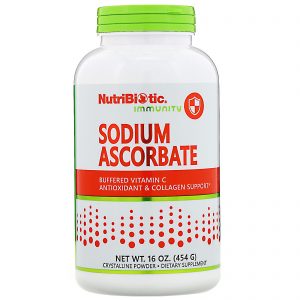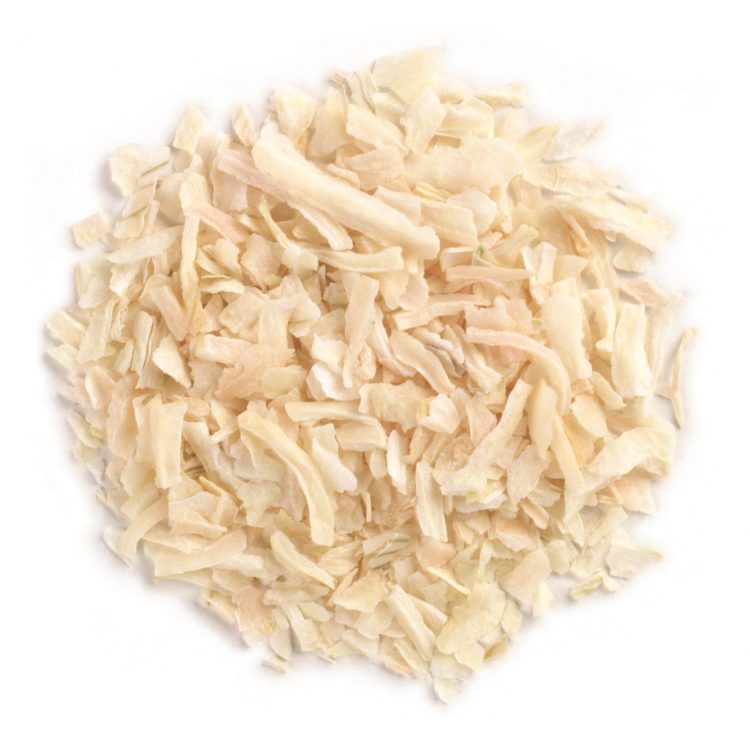
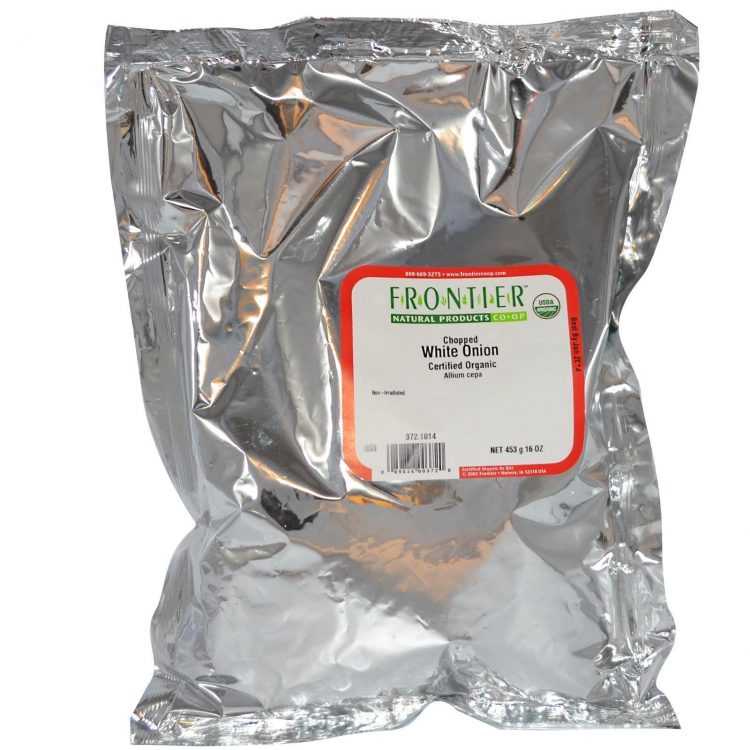
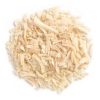
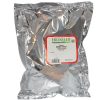
Frontier Natural Products, Cebola branca orgânica picada, 16 oz (453 g)
R$236,38
Frontier Natural Products, Cebola branca orgânica picada, 16 oz (453 g)
- Descrição
Descrição
- Allium Cepa
- USDA Organic
- Kosher
- Certified Organic by QAI
The distinctly strong taste of onion is indispensable in the kitchen. It’s warm, sweet and salty flavor shines in most savory dishes. It comes in several convenient dried forms: flakes, granules, powder and slices.
Onions belong to the genus Allium and are a member of the lily (Liliaceae) family. The plant’s edible, underground bulb grows long, tubular leaves that are rich in sugar and pungent oils. There are hundreds of cultivated varieties, varying in appearance and potency. The most common varieties include the yellow or white glove (Creole) onion, the large, round Spanish onion, the red-skinned Italian onion, and the milder Bermuda or Granex-Grano onion. In general, American cepa onions are smaller, stronger-flavored, and better-keeping than foreign cepa varieties. Pearl onions are simply cluster sowings of cepa onions. Green onions, which are mild and fresh, are also alliums, but belong to another species (fistulosum).
The taste and health benefits of onions have been appreciated for all of recorded history, and today onions are found in virtually every cuisine throughout the world. Like the ancient Egyptians, people today use onions as both food and medicine. Raw onions are thought to relieve gas pains and heartburn, and herbalists sometimes use onion juice as an internal remedy for excess water retention and stomach disorders. There are many varieties, and they play many roles–from primary ingredient to condiment to seasoning. Like other alliums, onions are also thought to help prevent heart disease. Externally, the juice is sometimes used as an antiseptic wash for wounds. Ancient Egyptians, who believed onions were the symbol for everlasting life, grew them extensively and used them medicinally; you’ll find them depicted in their tomb paintings. The builders of the pyramids, according to the Greek historian Herodotus, ate large amounts of onions and garlic for strength. (Not all the ancients were fond of alliums, though. In fact, in parts of ancient India they were forbidden.)
Those who have used onions medicinally– including the Greeks, Romans, and those who lived in the Middle Ages– found them effective for burns and bee stings, chest colds, earaches, fever, laryngitis, stomach ailments, arthritis, and even warts and baldness.
Early settlers in the New World discovered onions growing in the wild. In fact, the American Indians in the Great Lakes region called onions she-khe-ony, which is where Chicago gets its name. Early New England settlers hung onions in their doorways, or wore them around their necks, to keep germs from entering the home and body.
The onion holds the distinction of being George Washington’s favorite vegetable. General Grant held them in high esteem, too. In the summer of 1864, the United States War Department received a wire from Grant, who depended on onions to cure dysentery. It said, “I will not move my army without onions.” They promptly sent him three wagon loads.
Uso Sugerido
Flocos de cebola: adicione-os diretamente ao prato se estiverem adequadamente úmidos, ou primeiro reconstitua-os mergulhando em água fria durante meia hora. Use 1/4 de xícara de flocos de cebola para cada cebola fresca necessária na receita. Grânulos de cebola: grânulos de cebola fornecem sabor de cebola facilmente dispersível, mas não a textura. Eles são mais facilmente medidos do que os flocos, e não vão assar como a cebola em pó. Eles também fornecem mais volume e propriedades de espessamento do que o pó. Use grânulos em misturas, carnes, alimentos enlatados e congelados. Os grânulos podem ser adicionados diretamente à maioria dos alimentos, mas para reidratar antes de adicionar às receitas que não contêm líquido suficiente, basta misturar com água fria suficiente para fazer uma pasta lisa, e em seguida adicionar a pasta perto do final do cozimento. Para substituir 1/2 xícara de cebola picada, use 1 colher de sopa de cebola granulada.
Cebola em pó: como os grânulos, a cebola em pó oferece sabor e aroma, mas não textura. É especialmente indicado para molhos e caldos de carne, enlatados, carnes, misturas de temperos, sopas e pastas. Adicione diretamente à maioria dos alimentos ou reidrate, misturando com água fria o suficiente para fazer uma pasta macia. Em vez de usar uma cebola fresca, use 1-1/3 de colher de sopa de cebola em pó.
Fatias de cebola: fatias de cebola secas oferecem o sabor e a aparência proeminente de cebola. Elas são boas para sopas, ensopados, molhos e pizzas. Adicione as fatias diretamente ao seu prato, se ele contiver líquido suficiente para reidratá-las, ou deixe de molho primeiro em água fria por cerca de meia hora. 1/4 de xícara de cebola fatiada é igual a uma cebola fresca.
Cebolinha: cebolinha seca pode ser adicionada a saladas, sopas, molhos e guisados. Adicione-as diretamente a alimentos que contenham líquido ou reconstitua em água fria (para uso em saladas ou batatas assadas, por exemplo) por apenas alguns minutos.
Use a cebola quando quiser dar sabor, aroma e alguma textura à sua receita. Combina muito bem com caçarolas, sopas, molhos, almôndegas, pratos vegetais, condimentos, pães e recheios.
Advertências
Não irradiado
Nossa Loja se esforça para garantir a atualização das imagens e informações dos produtos, algumas alterações na fabricação de embalagens e / ou ingredientes podem estar pendentes na atualização do nosso site. Embora os itens possam ocasionalmente ser enviados com embalagens alternativas, o frescor é sempre garantido. Recomendamos que você leia os rótulos, avisos e instruções de todos os produtos antes de usá-los e não dependa apenas das informações fornecidas pelo Nossa Loja.
| Informação Nutricional | ||
| Tamanho da dose: 1/4 tsp (0.8) | ||
| Dose por vasilhame: 567 | ||
| Quantidade por porção | % Valor diário* | |
| Calorias | 0 | |
| Calorias da gordura | 0 | |
| Gordura total | 0 g | 0% |
| Gordura saturada | 0 g | 0% |
| Gordura trans | 0 g | |
| Colesterol | 0 mg | 0% |
| Sódio | 0 mg | 0% |
| Carboidrato total | 0 g | 0% |
| Fibra dietética | 0 g | 0% |
| Açúcares | 0 g | |
| Proteína | 0 g | |
| Vitamina A | 0% | |
| Vitamina C | 0% | |
| Cálcio | 0% | |
| Ferro | 0% | |
| * Porcentagem de valores diários são baseados em uma dieta de 2.000 calorias. | ||
+ Ofertas
-
California Gold Nutrition, California Gold Nutrition, CGN, Cardo-mariano (Silimarina), Ervas, Ervas e Homeopatia, Marcas A-Z, Raiz de Gengibre
California Gold Nutrition, Complexo de Silimarina, Saúde do Fígado, Cardo-Mariano, Curcumina, Alcachofra, Dente-de-Leão, Gengibre, Pimenta Preta, 300 mg, 120 Cápsulas Vegetais
R$261,11

